Bullmastiff vs German Shepherd: All You Need to Know!
The German Shepherd is perhaps one of the recognizable dog breeds in the world. Even those who don’t take much liking toward dogs would easily spot him in a crowd. On the other hand, the Bullmastiff isn’t that identifiable in America, but his fame as a working dog spreads throughout his place of origin.
These two magnificent dog breeds are capable of protecting your loved ones as well as become outstanding companions, especially for those who live alone. They may share some qualities as canines, but there are lots of aspects that make them one-of-a-kind. Know all the details as you keep on reading!
Table of Contents
Breed Origins
Bullmastiff
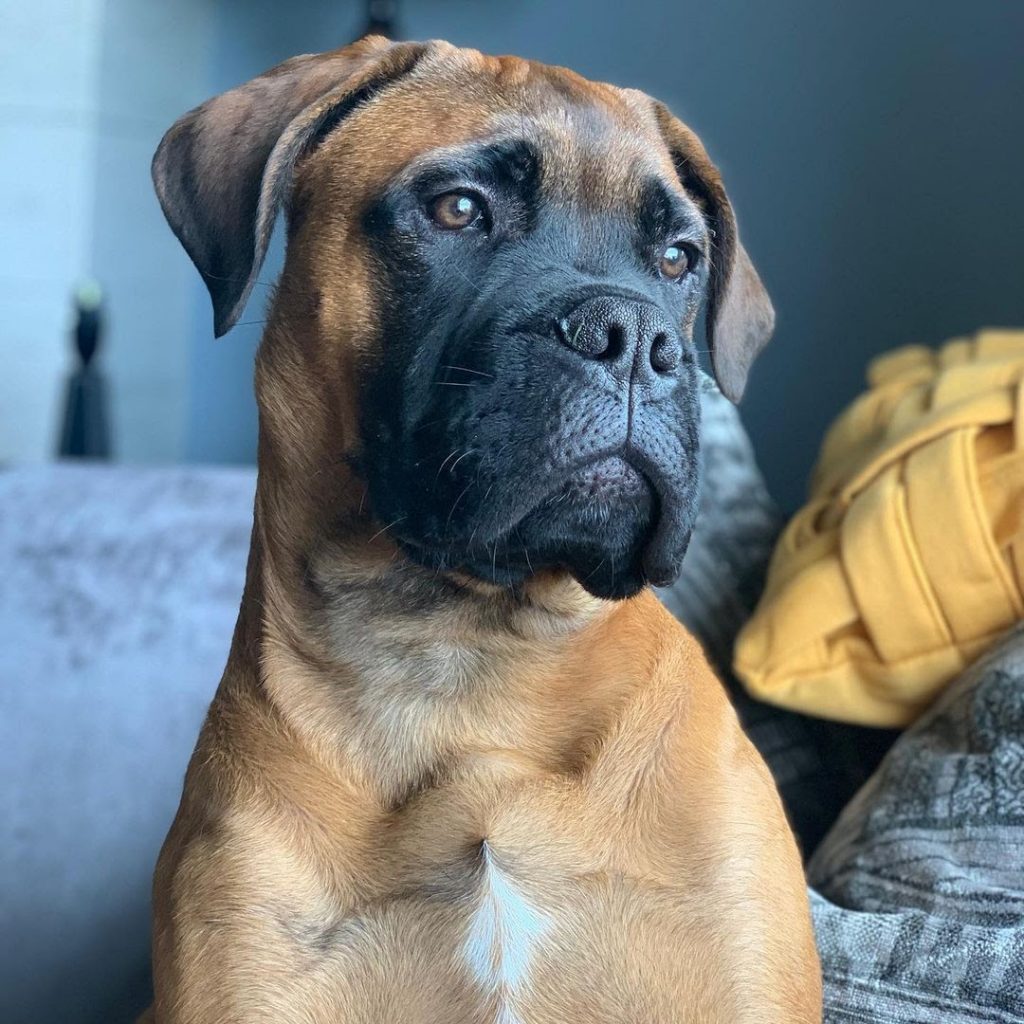

The Bullmastiff started to exist in the United Kingdom where several wealthy landowners whose properties mainly consisted of forests and wildlife faced a problem regarding poachers. Poaching is an illegal activity and the sanction when caught is by hanging. When gamekeepers were tasked to protect the land, their lives were put at risk. Poachers would rather kill them than be caught.
This led to the development of the Bullmastiff who became a success after mixing the massive Mastiff and the brave Bulldog. This dog is just the right size to take down trespassers. He would sneak behind the intruder and hold him down until his owners arrived at the scene.
The illegal activity soon waned, but the Bullmastiff’s existence didn’t go along with it. He has presently become a family addition for many households in the United States.
German Shepherd
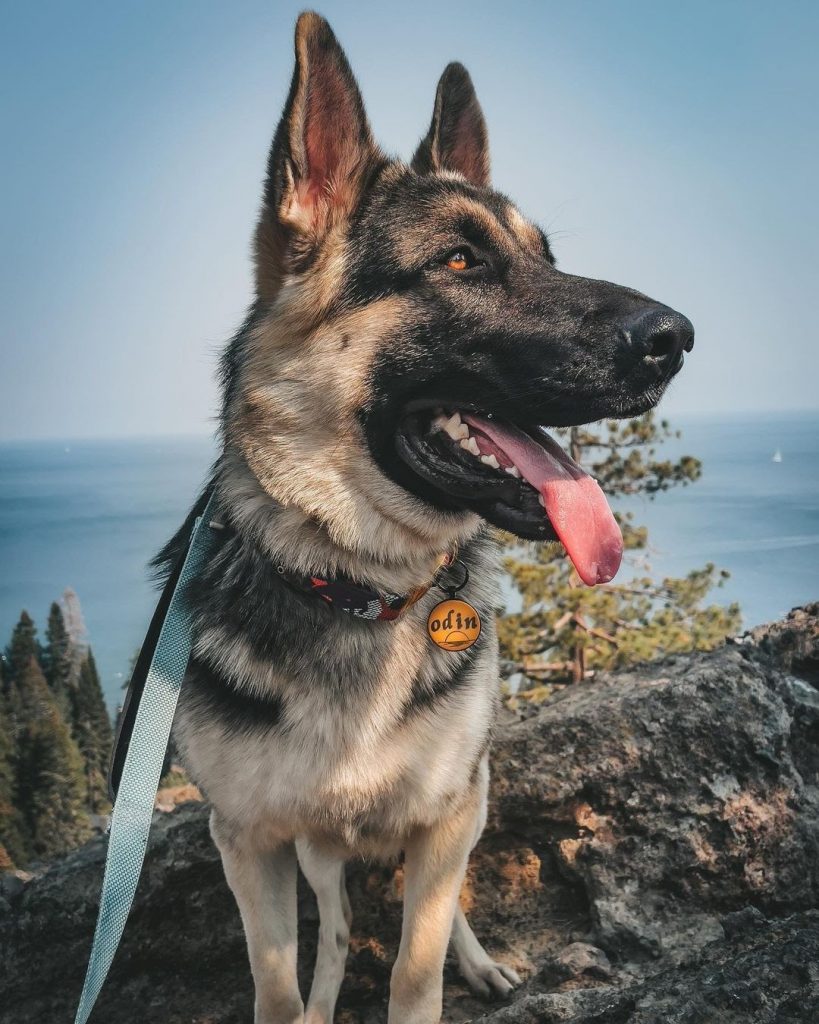

As the name suggests, the German Shepherd or commonly labeled as the GSD comes from Germany. He was the product of Captain Max von Stephanitz’s dedication to creating a dog breed that has unmatched herding skills.
It was in 1899 when the GSD came into existence. He mainly became a farm dog responsible for herding and protecting the flocks. When Germany gradually became industrialized, the need for such a dog faded. To save the breed, Stephanitz was determined to put this dog breed in the line of working dogs as military or police companions.
Due to his connections, the government was urged to use the GSD as a Red Cross dog, rescuer, supply carrier, and guard to name a few. Until now, this canine is what you’ll commonly see working with the police and the military. Some became excellent house dogs.
Size, Appearance, & Coloring
Bullmastiff
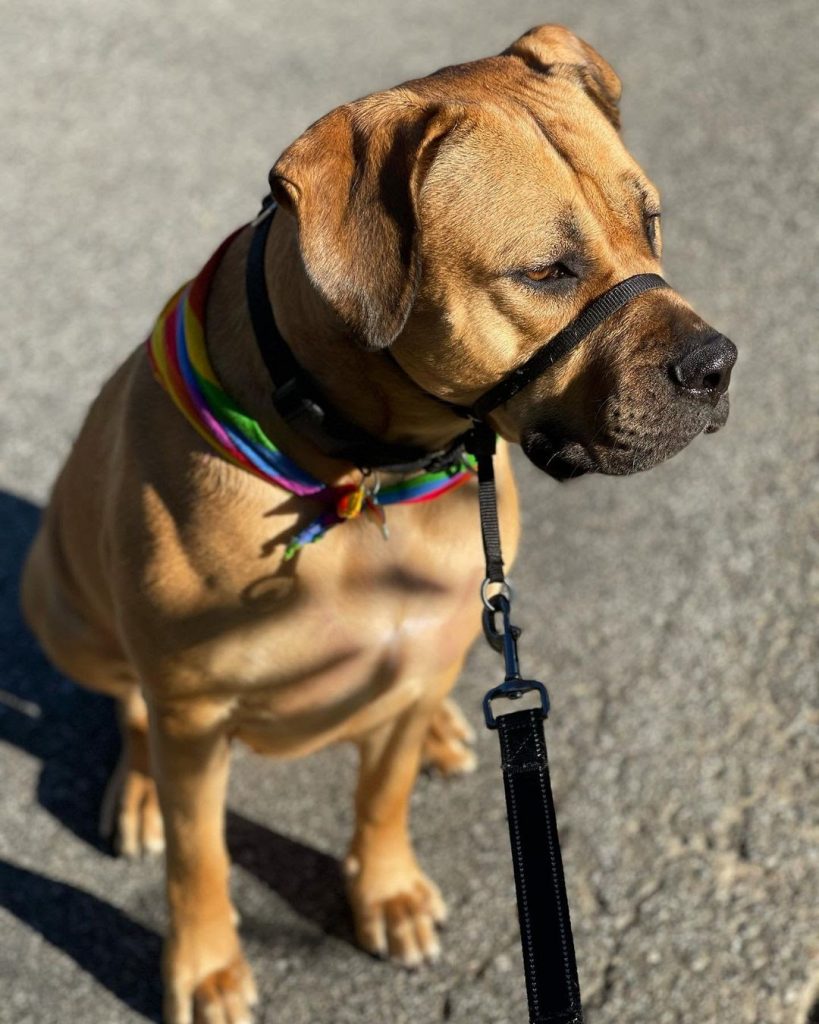

In a size contest against the German Shepherd, no doubt, the Bullmastiff would win it. He’s considerably large as his height reaches 24-27 inches and can weigh 100-130 pounds.
Several features tell he’s a Bullmastiff. He is brachycephalic, giving him a Bulldog appearance, but the mask around his muzzle and the shade in his two small ears are contributed by his Mastiff parent. He is bulky and heavy-looking with a deep and broad chest that exhibits an imposing look. The two front legs are straight and the ones from behind are angular. His body is streamlined and his tail tapers.
The shades of his coat are limited. There are only three for this breed and they are:
- Brindle
- Fawn
- Red
German Shepherd
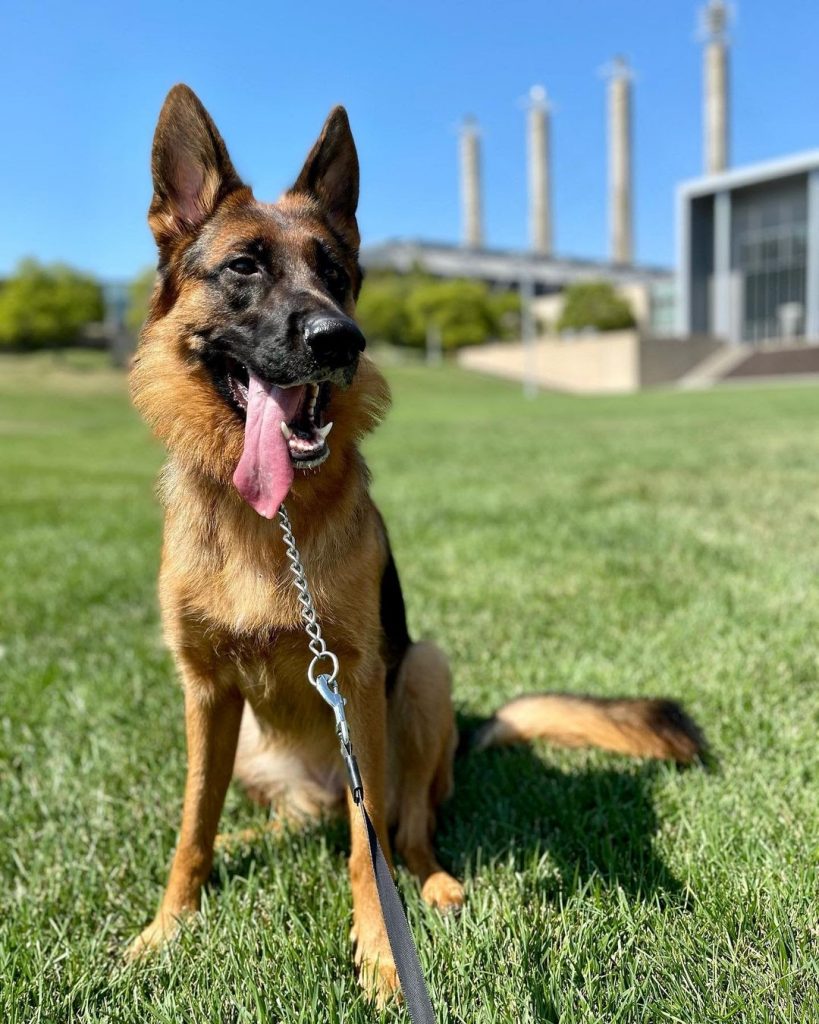

The GSD is a medium-to-large canine whose height ranges from 22-26 inches and weight of about 50-90 pounds. He has this dignified look and various trademarks making him a distinguishable breed.
His ears are ideally perky making him look alert all the time. His pointy snout is long and dark in the shade while his eyes are almond-shaped. The whole facial look can make anyone recognize how intelligent and inquisitive this dog breed is. His coat is long and thick making it possible for him to withstand any inclement or hot weather.
He has a black marking on the back commonly known as a blanket or a saddle and some of his coat colors include:
- Blue
- Gray
- Liver
- Black & cream
- Black & red
- Black & silver
- Black & tan
Temperament
Bullmastiff
The Bullmastiff is easy to train, but he’d need the right owner who would discourage him from showing stubbornness. Socialization during his early years will prove to be beneficial once he gets to mingle with other dogs, pets, or strangers. Since he has this protective instinct, an untrained Bullmastiff is a potential danger to others even if they don’t have any ill intent.
When raised right, he will become your kids’ best friend. Despite his intimidating look, he has an alluring nature consisting of kindness, gentleness, and affection. He takes pride in his duty as a home protector and will never compromise the safety of his family. Another thing you’d appreciate from this dog breed is that he’ll maintain a puppy-like behavior for 18 months or so due to his predisposed large size.
German Shepherd
The extremely curious nature of the German Shepherd makes him an ideal guard dog. He’s not immediately comfortable around strangers and would thoroughly observe how the person acts. He may have the possibility of showing extreme aggression, but this can be remedied by allowing him to socialize during his puppy years.
As his owner, expect him to be loyal to you. Just make sure that he’s always preoccupied or else, he’ll display several undesirable behaviors. Since he can’t be left alone for too long, this makes him very prone to separation anxiety. If he gets to play with kids, he’ll surely be kept away from this mental condition. You don’t have to worry when he interacts with them as long as your children gently handle the dog.
Exercise Needs
Bullmastiff
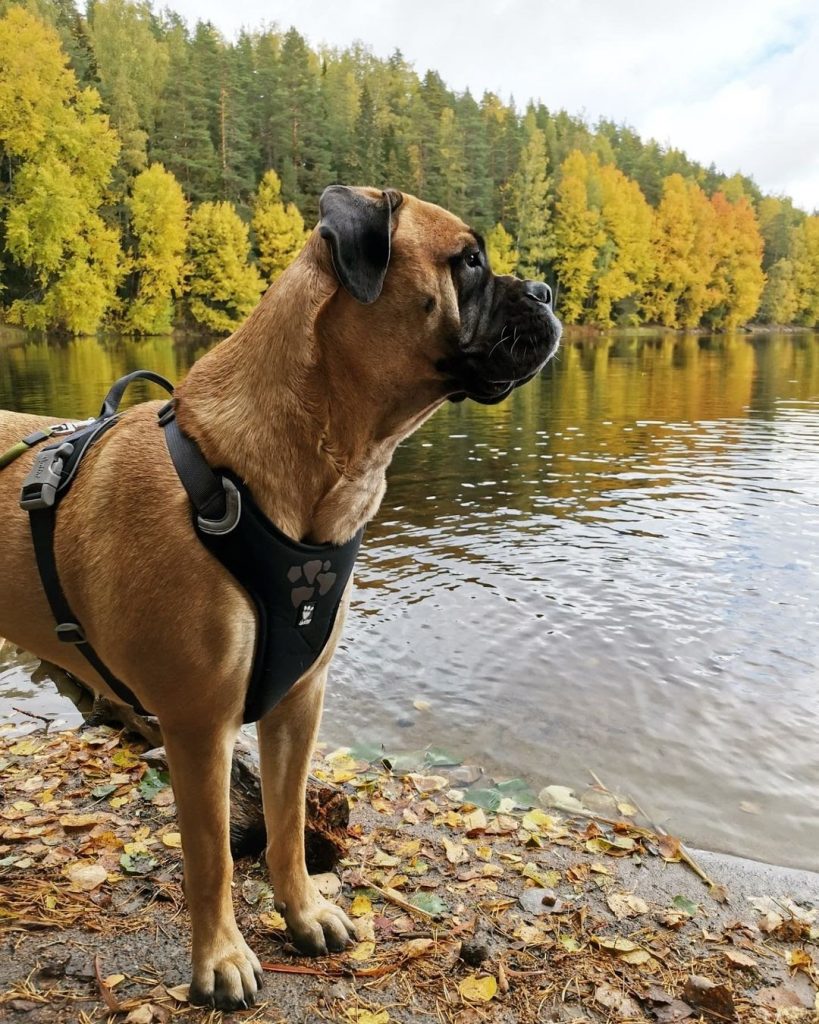

If the Bullmastiff is still a puppy, try not to over-exhaust him. Over-exercising him can negatively impact his musculoskeletal development which may result in skeletal or joint disorders. Adults, on the other hand, would need at least 2 hours daily. You can take him to the pool for a swim or let him walk around off-leash in a secure area.
Exercise plays a huge role in the health of your dog. Although this takes quite a lot of time, you can divide the period into shorter sessions.
German Shepherd
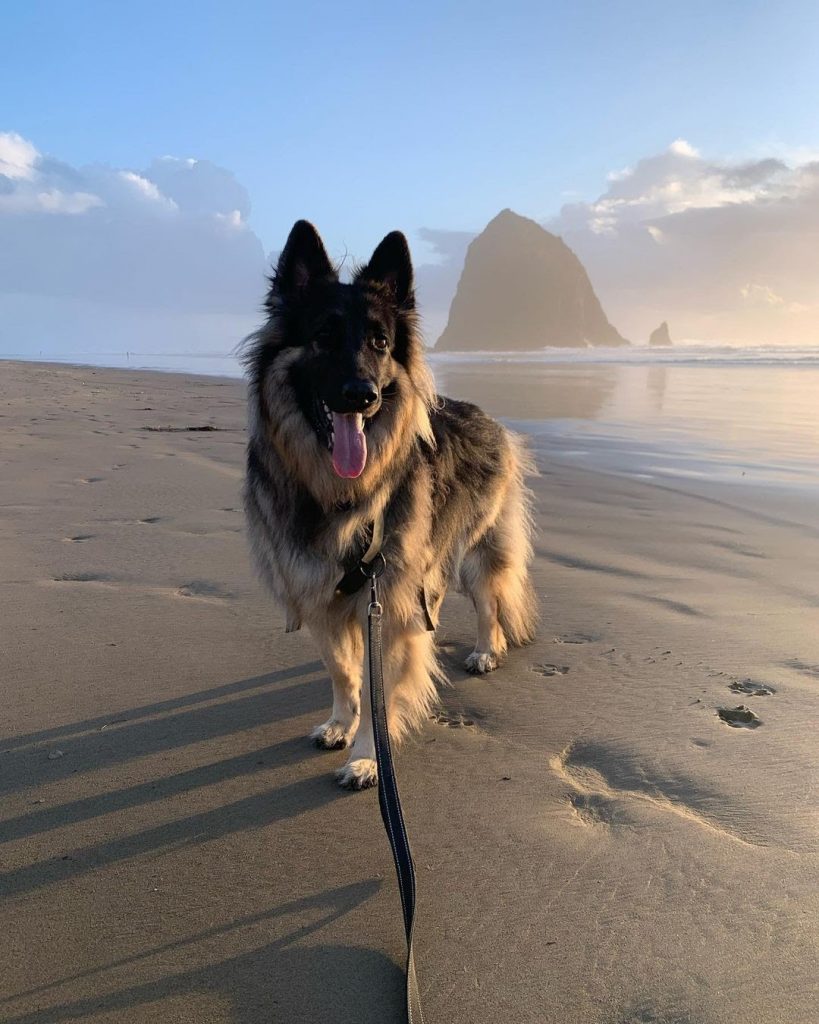

Noted for his intelligence, the German Shepherd would need not just a sort of physical stimulation, but as well as mental drills. You can combine these two into one activity so it won’t be too overwhelming for you. Allocating at least 2 hours daily for him can keep him healthy and fit.
You can let him find certain objects, bring him on a hike, or let him swim in the pool.
Grooming Requirements
Bullmastiff
The Bullmastiff’s coat is great for snow, cold, or wet seasons. It is short and dense and requires low-maintenance grooming. Still, brushing him several times a week and bathing him every time it’s needed is imperative. Just avoid indulging him in frequent washing to prevent his skin and coat from getting too dry. There isn’t much you’d need to do in taking care of a bullmastiff’s hygiene. Just ensure that his nails, teeth, and ears are free from infections.
German Shepherd
Depending on his lifestyle, the German Shepherd wouldn’t require lots of baths unless it’s necessary. He’s generally odorless and likes to remain clean unless he’s a working dog who constantly gets dirty during missions. Prepare your brush and other grooming tools, however, for the German Shepherd sheds furiously, especially during spring and fall. A vacuum can get rid of the residues on the couch and the curtains.
As it is with other dog breeds, don’t forget to physically examine his other parts of the body which can be breeding grounds for infection. Brush his teeth regularly, and trim his overgrown nails.
Health Problems
Bullmastiff
Even if your dog came from an ethical breeder, certain genetic complications may still put his health at risk. The common health concerns your Bullmastiff is prone to are the following:
- Breathing problems
- Persistent pupillary membrane
- Hip dysplasia
- Certain cancers
German Shepherd
The German Shepherd also has a series of health problems that can be avoided if you go for a reputable breeder or can be treated if you regularly bring him to the vet. The following are the issues common to this breed:
- Degenerative myelopathy
- Epilepsy
- Bloat
- Panosteitis
Breed Popularity
The American Kennel Club’s breed popularity ranking currently puts the following breeds in their respective orders out of 200 dog breeds:
Bullmastiff: 51st
German Shepherd: 2nd
Which Dog Breed Should You Get?
Depending on your way of living, a Bullmastiff is perfect for potential dog owners who are easy-going, have a heavy preference for such a canine with a bulldog appearance, and has a bigger space at home. On the contrary, the German Shepherd is great for those who love a unique challenge. This dog is highly smart and would need constant drills.
Whichever dog breed you choose, make sure you know what you need so your relationship with your canine lasts his lifetime.
